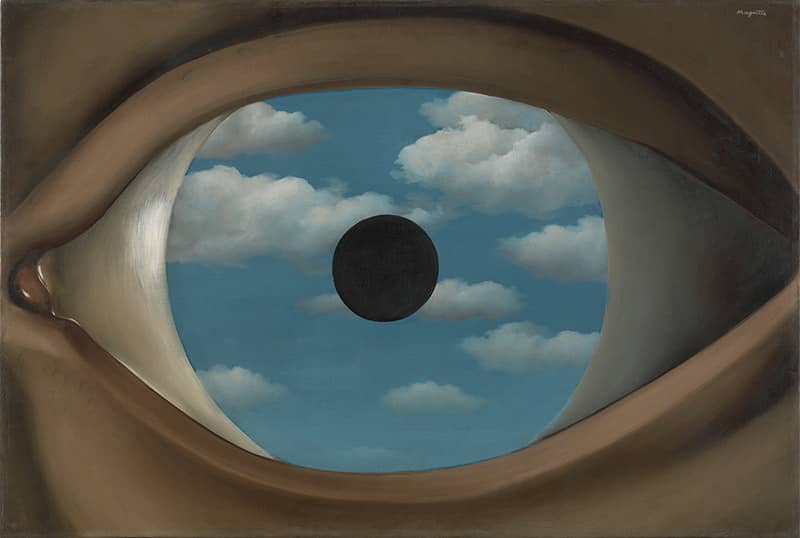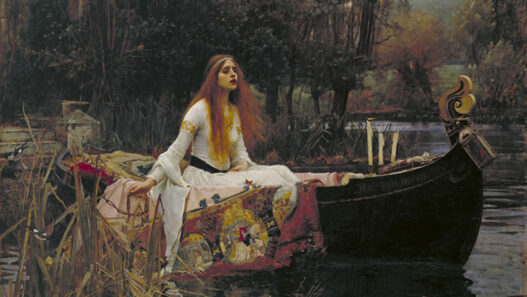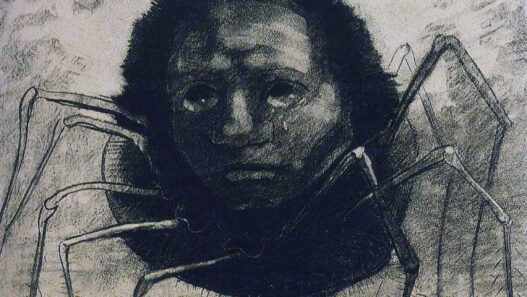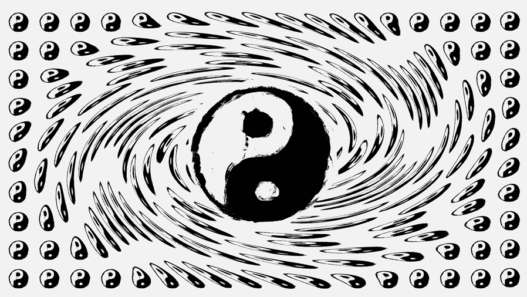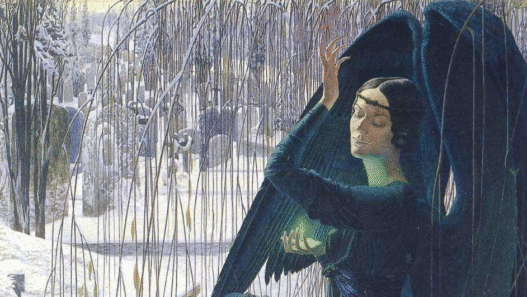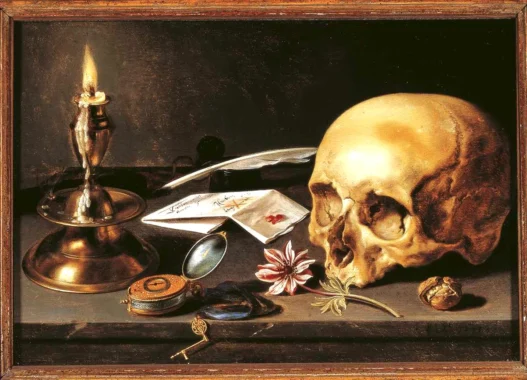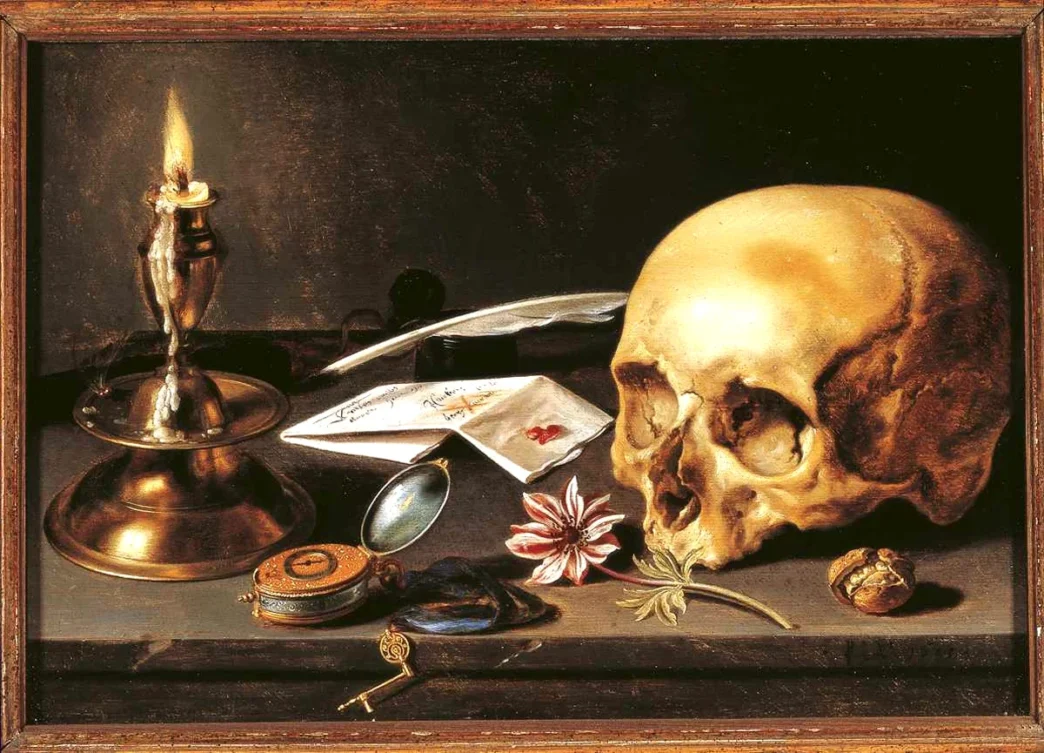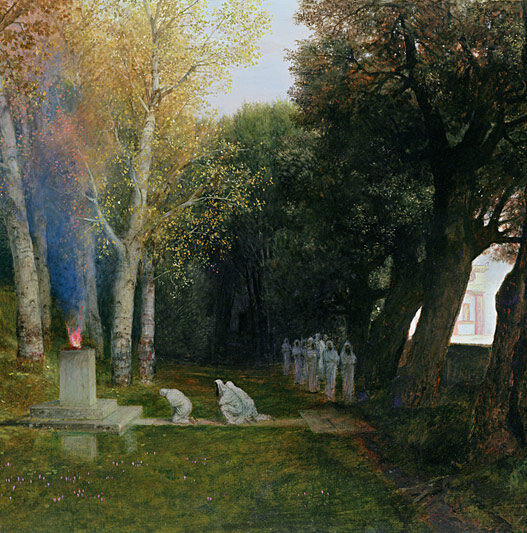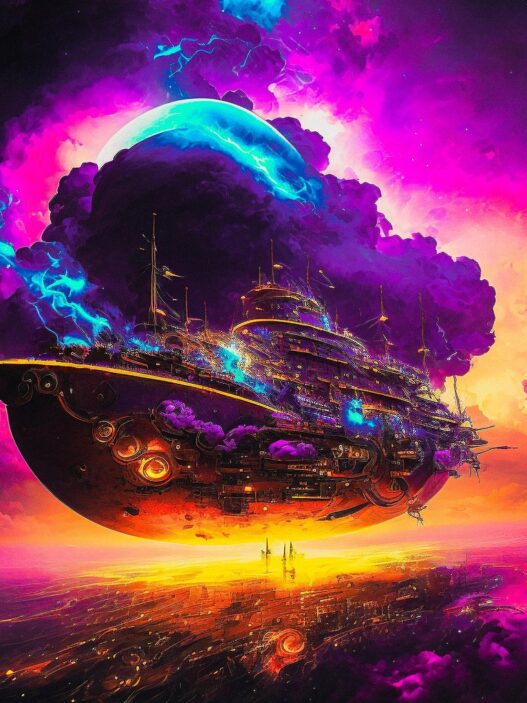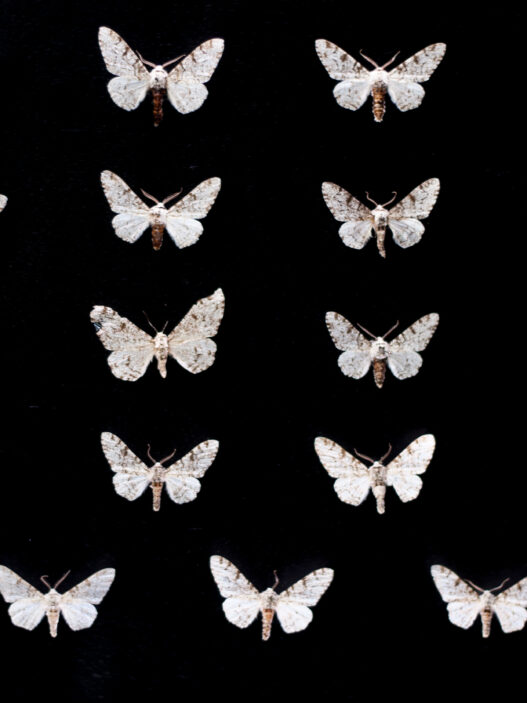Symbols in art have long served as powerful tools for conveying complex ideas, emotions, and narratives. From ancient civilisations to contemporary movements, artists have employed symbolism to communicate beyond the literal, inviting viewers into deeper layers of meaning.
In this guide, we’ll explore the fascinating world of symbols in art, their evolution, and how they continue to inspire artists and audiences today.
The Essence of Symbolism in Art
Symbols in art allow artists to express the intangible emotions, spiritual ideas, and philosophical concepts — in a visual form. Instead of depicting reality as it is, Symbolist artists use images, colours, and figures to hint at deeper truths.
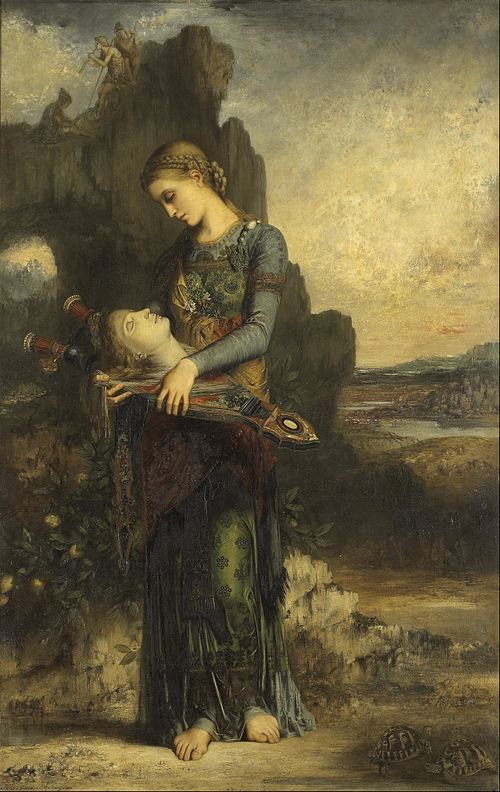
For example, Gustave Moreau’s painting “Orpheus” depicts the mythological musician cradling his own severed head, a haunting symbol of transcendence through suffering and the eternal power of art and music over death.
Rather than showing the myth literally, Moreau layers his work with rich colours, dreamlike landscapes, and mystical elements to evoke a deeper emotional and spiritual resonance.
If you’re curious about how early pioneers used symbolism to redefine art, discover more in The Godfather of Symbolism in Art article.
Historical Roots and Evolution of Symbols in Art
The Symbolist movement took form in France during the 1880s, emerging as a poetic and artistic counter to the literalism of Realism and Impressionism.
Symbolism emerged as a loosely organised literary and artistic movement in France during the late 19th century, with the following key milestones:
I know what you’re thinking. Didn’t symbolism exist for centuries before the French movement popularised it? You’re absolutely right.
But what the Symbolists did was transform it into a deliberate, cohesive artistic and literary movement, giving new weight to imagination, emotion, and the unseen.
Enter Charles Baudelaire, the dark star around which the Symbolists would later orbit.
With the publication of Les Fleurs du mal (The Flowers of Evil, 1857), Baudelaire internalised the idea that poetry could reveal the unseen. Not by describing life literally, but by suggesting hidden worlds through mood, symbol, and sensation.
In poems like “Correspondances,” Baudelaire shows this approach vividly: he portrays nature not as mere scenery but as a “forest of symbols” that communicate secret messages to the soul. Rather than direct description, he layers sensory images, scents, sounds, and colours — to hint at a deeper, invisible reality behind the visible world.
You can read Correspondances and a brief analysis here:
👉 Correspondances by Charles Baudelaire
The Symbolists saw in his work a profound rejection of realism: an art that hinted, evoked, and whispered instead of shouting.
Externally, critics such as Jean Moréas, in his 1886 Symbolist Manifesto, openly acknowledged Baudelaire’s influence, declaring that true art must prioritise suggestion over direct representation.
In this way, Baudelaire became both the internal muse and the external justification for the Symbolist revolution.
1857: Les Fleurs du mal by Charles Baudelaire influences the early Symbolists.
1886: Jean Moréas publishes the Symbolist Manifesto, marking the formal beginning of the Symbolist movement.
Late 1880s: Stéphane Mallarmé, Arthur Rimbaud, and Paul Verlaine lead the literary side of the movement, emphasising metaphor and emotion over direct expression.
1890s: Symbolism spreads into visual arts with artists like Gustave Moreau, Odilon Redon, and Pierre Puvis de Chavannes, who focus on the mystical and subconscious through their works.
Early 1900s: Symbolism influences Russian poets like Aleksandr Blok, as well as modern writers such as W.B. Yeats, T.S. Eliot, and Virginia Woolf.
1900s and Beyond: The movement’s impact endures across modern literature, theatre, and art, paving the way for the rise of Modernism.
By the 1890s, Symbolism had expanded beyond literature into painting, theatre, and even music, bringing forward artists and thinkers who challenged the norms of their time.
Visionary painters like Gustave Moreau and Odilon Redon explored myth, dreams, and the subconscious introducing new ways of seeing and feeling through visual symbols.
Their mystical, often dreamlike works paved the way for later modernist movements.
Want to see how ancient myths inspired these works? Take a journey through The Symbolism of the Minotaur and understand the powerful archetypes that still echo in today’s art.
Symbols in Art Across Civilisations
Symbols in art have existed long before the Symbolist movement, with ancient civilisations like Mesopotamia and the Indus Valley using symbolic languages to convey deeper meanings.
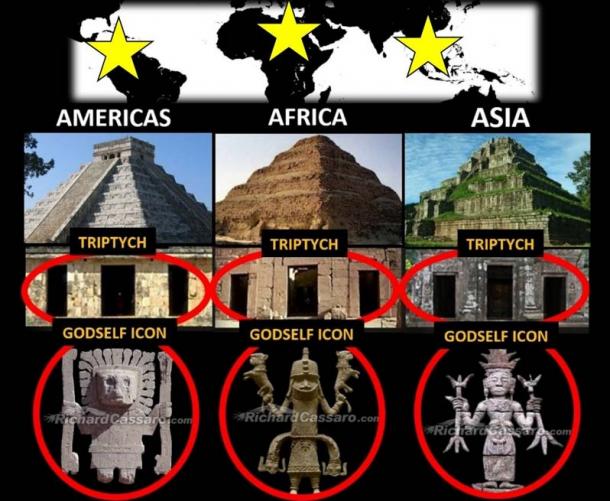
For readers interested in diving deeper into the ancient roots of symbolism and its persistent presence across cultures, I highly recommend exploring the blog post Mysterious God Self Icon Found Worldwide: Lost Symbol of an Ancient Global Religion?.
In Mesopotamia, symbols played a significant role in both art and writing, such as the winged sun disk, which represented divine protection, and the lion-headed eagle, symbolising the sun god, Shamash.
These visual symbols not only depicted gods and divine attributes but also communicated societal and religious beliefs.
The Indus Valley civilisation also used symbols extensively in their art, particularly through seals and tablets. Motifs like the Unicorn Seal and the Pashupati Seal combined human, animal, and divine figures, linking their artwork to spiritual beliefs.
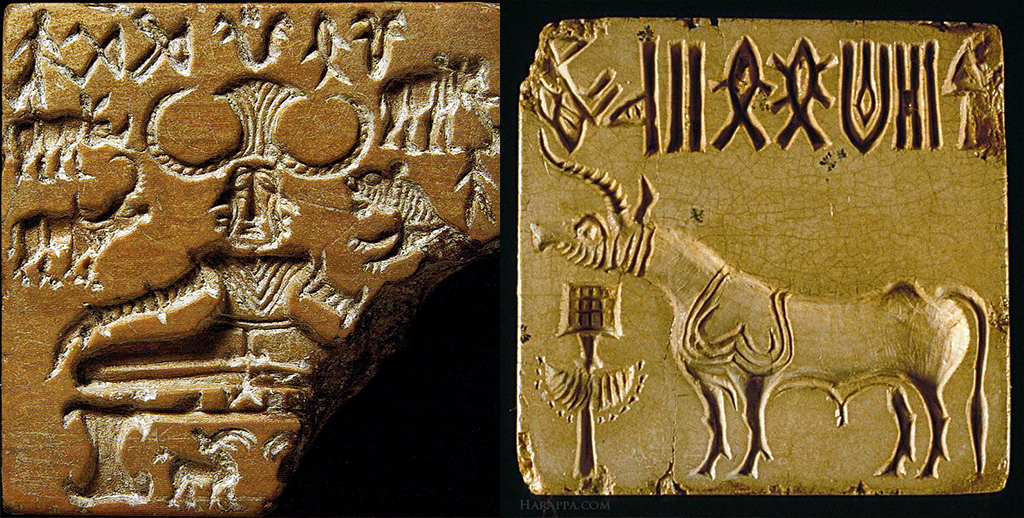
These symbols functioned as a visual language, conveying meanings that went beyond mere decoration and had connections to trade, ritual, and mythology.
Mythology and folklore are deeply intertwined with symbolism, with animals often representing various aspects of life.
In Greek mythology, gods like Zeus and Poseidon were depicted through symbolic attributes such as the thunderbolt or trident. Similarly, Native American folklore used animals like the bear and eagle as symbols of strength, healing, and vision, while in ancient Egypt, symbols like the scarab and ankh represented rebirth and life.
Storytelling through symbols was a universal practice. In texts like the Epic of Gilgamesh, symbols conveyed themes of mortality and the quest for immortality.
These ancient traditions of using symbols in art, from sacred rituals to everyday talismans, continue to resonate today, demonstrating how powerful visual representations can communicate complex ideas beyond the constraints of language.
The use of symbols in art isn’t confined to modern Europe. Ancient civilisations like Mesopotamia and the Indus Valley created rich symbolic languages.
In Mesopotamia: Dawn of Civilisation, you’ll discover how ancient artists embedded meaning into monumental sculptures and sacred architecture.
Similarly, in Portal to Ancient Mysteries, we explore how the mystical Indus Valley seals used intricate symbols to communicate authority, religion, and cosmic ideas.
These ancient connections show us that the desire to embed meaning in art is truly timeless.
Mythology and the Visual Imagination
Mythology has always been a fertile ground for symbols in art. From Greek, Egyptian, to Norse traditions, artists have drawn upon these rich stories to explore universal human themes.
Dive deeper into the enigma of mythology with The Sphinx in Greek Mythology, where the riddles and mysteries of the ancient world find a powerful visual voice.
Modern Reflections of Symbolism in Art
Today’s artists continue the Symbolist tradition, often blending historical references with personal expression.
In Breaking the Chains, see how modern creators use symbolism to depict freedom, struggle, and transcendence — themes as relevant today as they were a century ago.
If you’re seeking personal insight into how artists weave symbols into their own stories, visit The Meaning Behind My Art and Symbols, a closer look at contemporary interpretations.
How to Explore Symbolism Further
If this world fascinates you, why not build your own artistic journey?
Start with The Importance of Art With Symbols to understand why symbolism remains so vital in the creative process.
For a deeper dive into resources, discover 5 Best Books for Artists Who Love Symbolism and the updated Best Art Symbolism Books 2024 — perfect for growing your library.
You can also explore The Best Book for Art With Symbols to find that perfect volume to inspire your next masterpiece.
Darker and Dreamlike Worlds
Symbolism in art often touches the profound, the dreamlike, and the eerie. Few captured this better than Jean Delville and his visions of symbolic demons and angels battling for the soul.
If you are drawn to darker, more introspective symbols, Arnold Böcklin offers haunting landscapes like Isle of the Dead, where mystery and mortality converge.
Why Symbols in Art Still Matter
Across time, culture, and language, symbols have remained a powerful means of connection. Drawn from ancient myths, contemporary struggles, or personal dreams, they invite artists and viewers to engage on a deeper level.
By exploring these hidden meanings, you step into a tradition of storytelling that stretches back thousands of years and still evolves with every new piece created.
